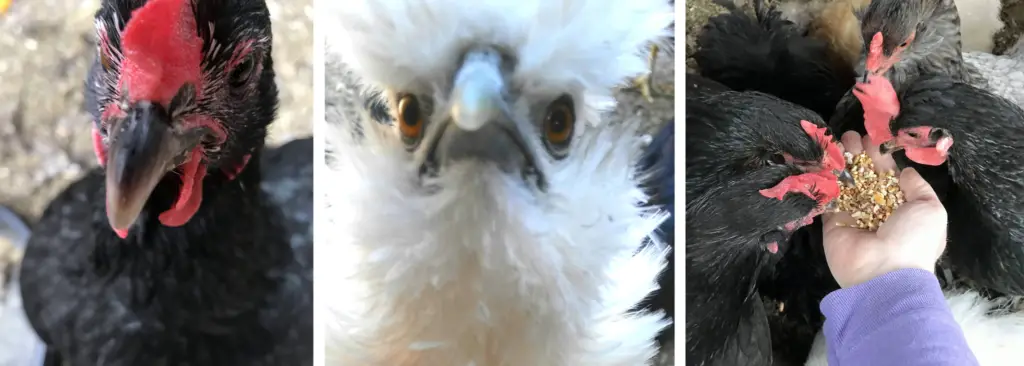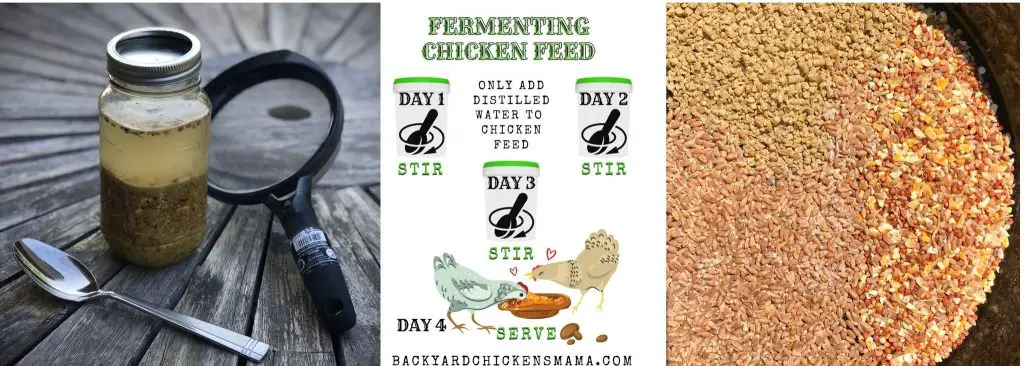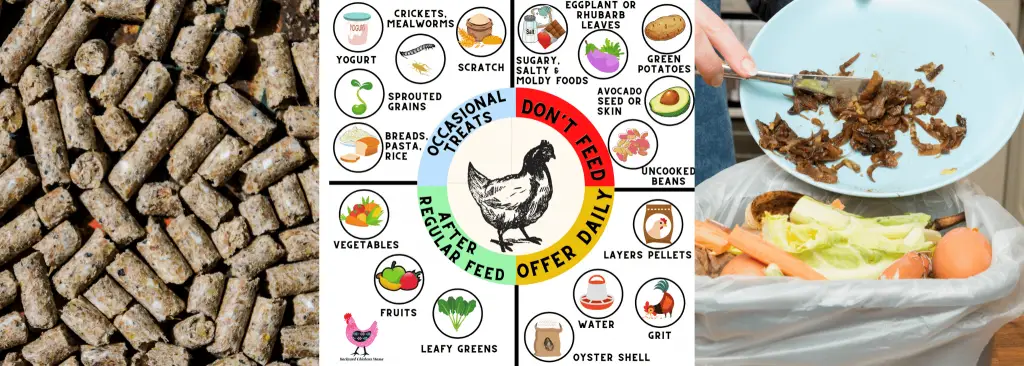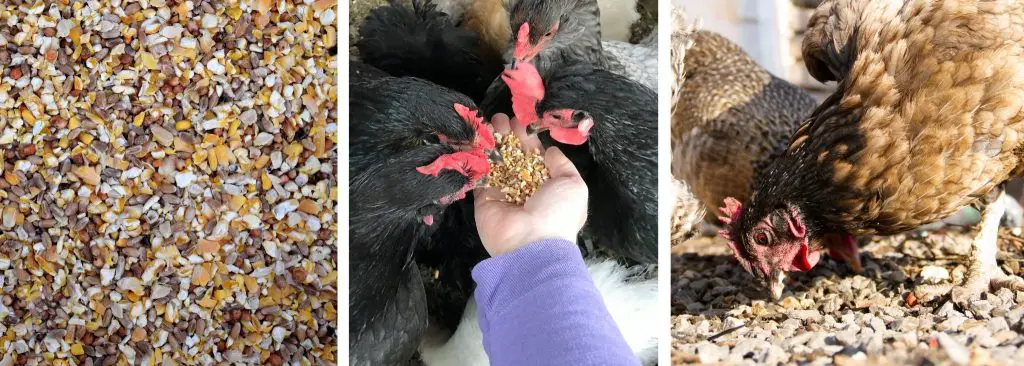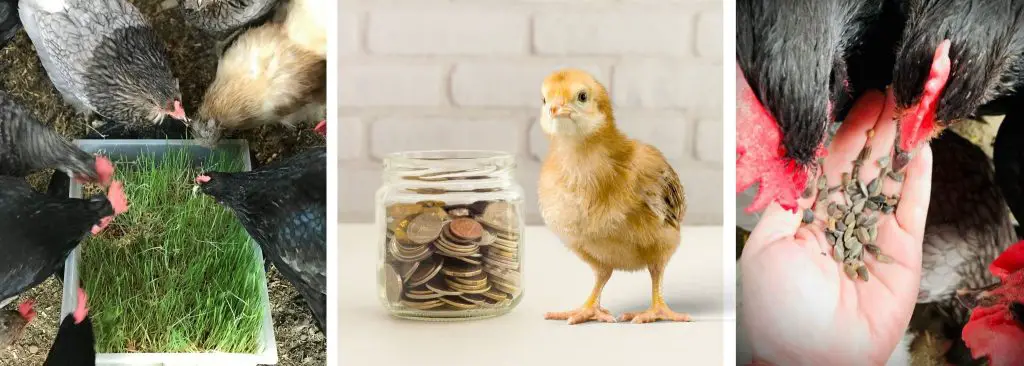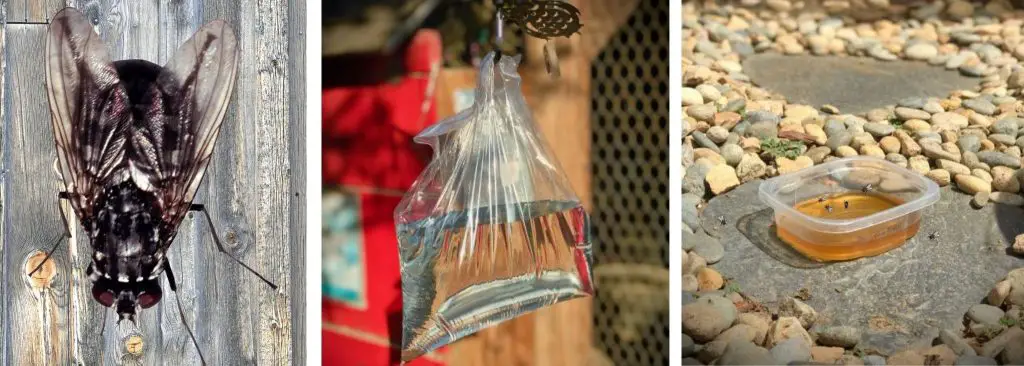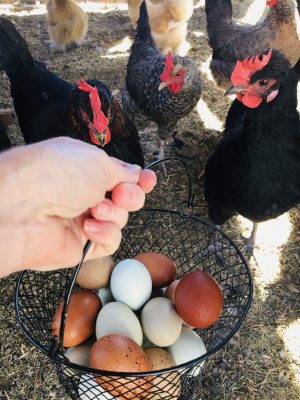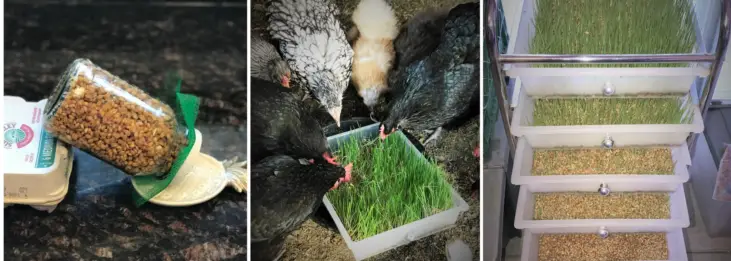
Chickens absolutely go crazy over fodder! Growing fodder for your chickens is not only healthy for your flock, but will save on your feed costs too. 1 lb. of dried grain will turn into about 7 lbs. of fodder and provide about 15x the amount of vitamins!
What is chicken fodder? When you take seeds and allow them to germinate and sprout to feed to your flock, this is fodder. Fodder can provide a great source of nutrients for your chickens.
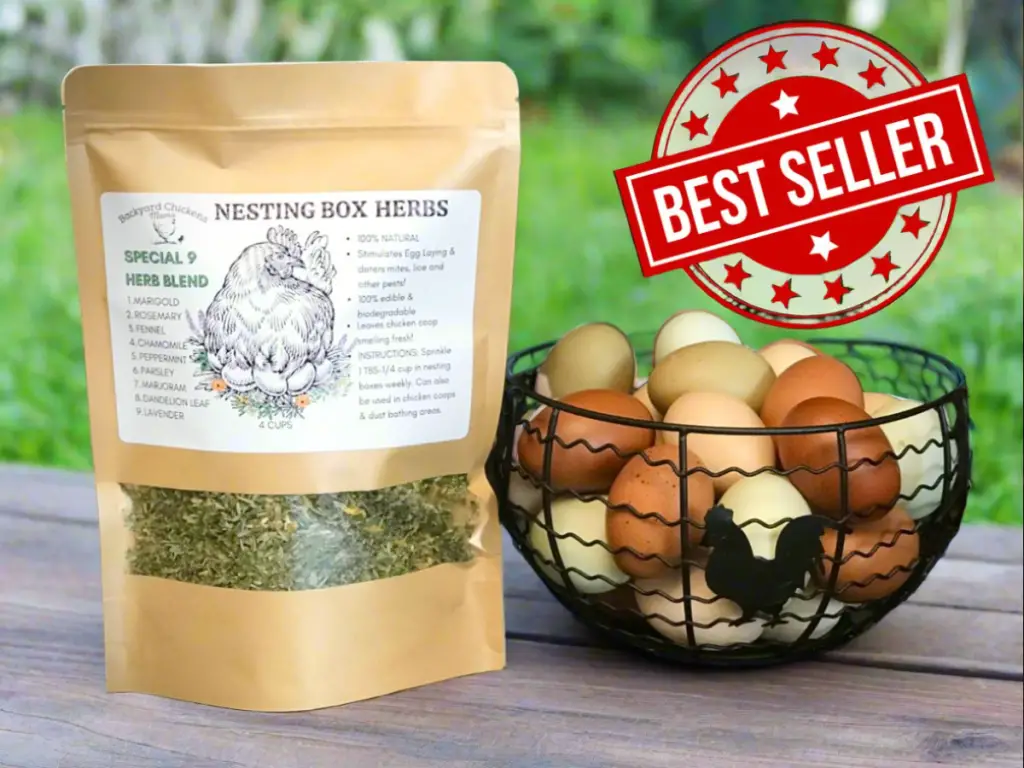
Increases egg laying naturally.
- Improves chicken health.
- Deters parasites: mites, lice, fleas, flies & rodents.
- On SALE!
- SHOP NOW
Benefits of Feeding Chicken Fodder
1. Winter brings on snow and with snow there are less lush fields for free ranging chickens to get all their nutritious greens from. Fodder can be grown in the winter months to provide free ranging chickens with fresh greens all year round.
2. When you sprout grains, you strip much of the starch from it.
3. By sprouting the grains, you are actually making the feed easier for your chickens to digest.
4. In grains that are not sprouted, the nutrients are locked inside. But when you sprout the grain, you are unlocking 40-50% more wonderful nutrients!
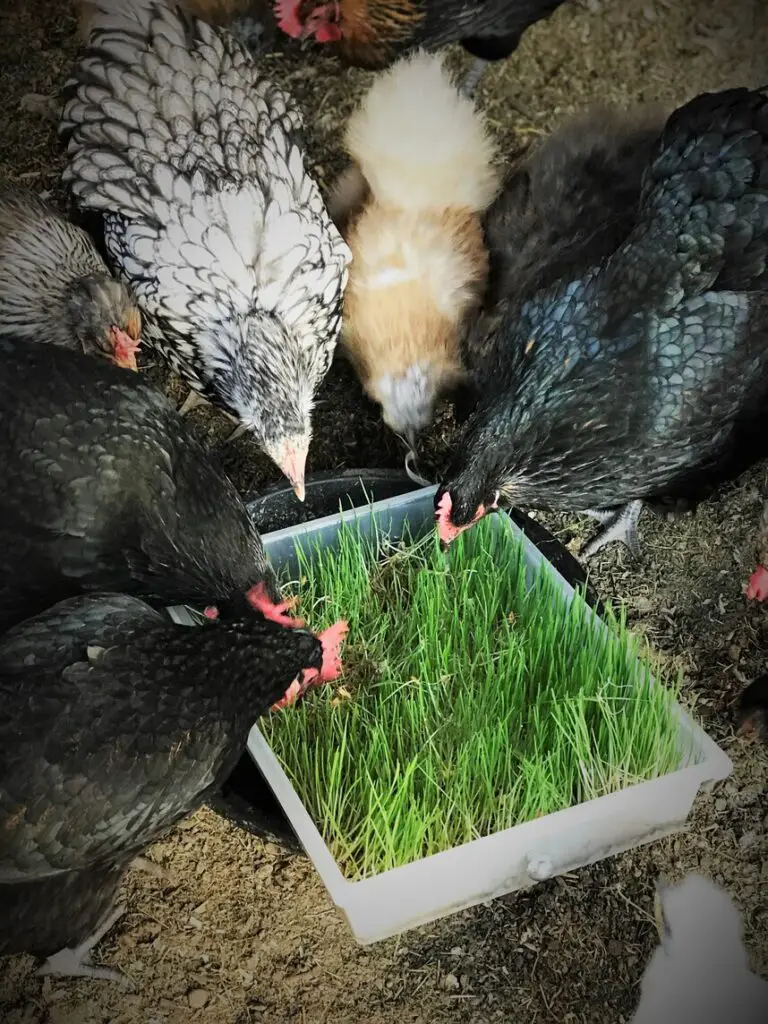
5. Saves on feed cost. By adding fodder to your flocks diet, you can feed less regular feed.
6. Happier chickens = more eggs!
7. Deeper orange egg yolks from the increased beta carotene and chlorophylls.
8. Thicker Egg Shells
9. Healthier chickens
Sprouted Grains are Nutritionally Better for Your Chickens
| BENEFITS OF SPROUTING GRAINS |
|---|
| ⬆️ PROTEIN |
| ⬆️ ZINC |
| ⬆️ IRON |
| ⬆️. VITAMIN C |
| ⬆️. FOLATE |
| ⬆️. MAGNESIUM |
Different Types of Grains that Can Be Used to Make Chicken Fodder
| CHICKEN FODDER SEED |
|---|
| WHEAT |
| BARLEY |
| ALFALFA |
| OATS |
| SOYBEANS |
| MUNG BEANS |
| SUNFLOWER SEEDS |
| MILLET |
| SORGHUM |
| BUCKWHEAT |
| GRAIN RYE |
| PEAS |
| LENTILS |
| CORN |
Materials Needed for Growing Wheat Fodder: Best Chicken Fodder System
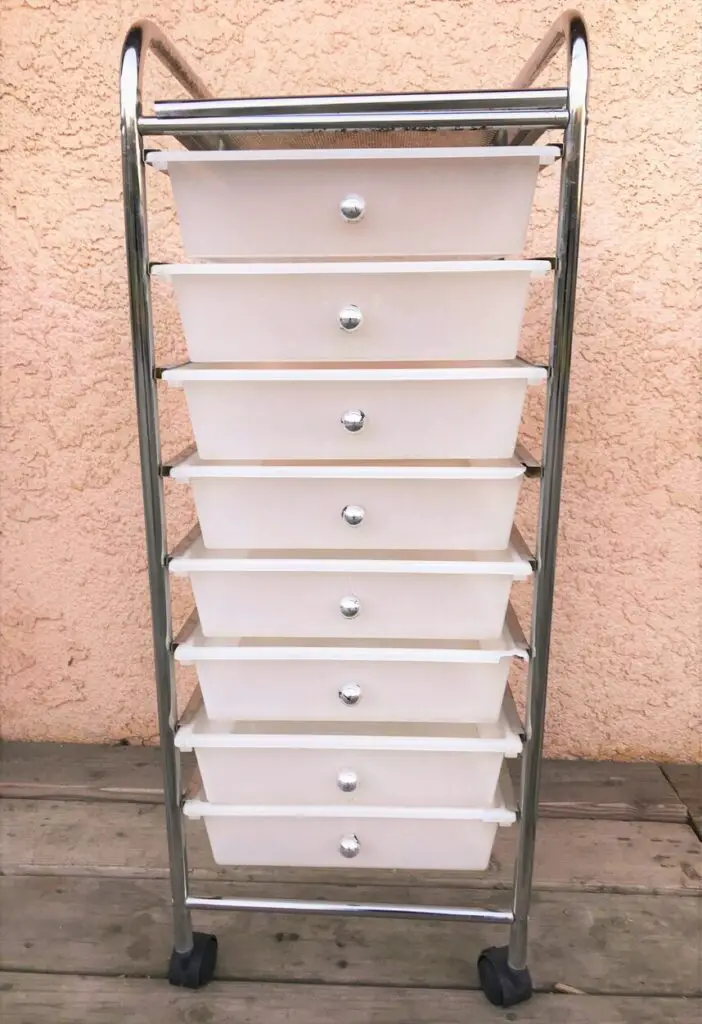
DIY Fodder System for Chickens
- You need at least one plastic tray with holes drilled in the bottom. I used 7 plastic trays with holes to provide fresh sprouted grains every day of the week for my chickens.
- 1 plastic tray without holes (to catch water)
- 1 mason jar for each plastic tray that you will fill with grains.
- Dried wheat (or whatever grain you choose)
- Water
- Fan
- Chlorine Bleach, Hydrogen Peroxide or Apple Cider Vinegar (optional)
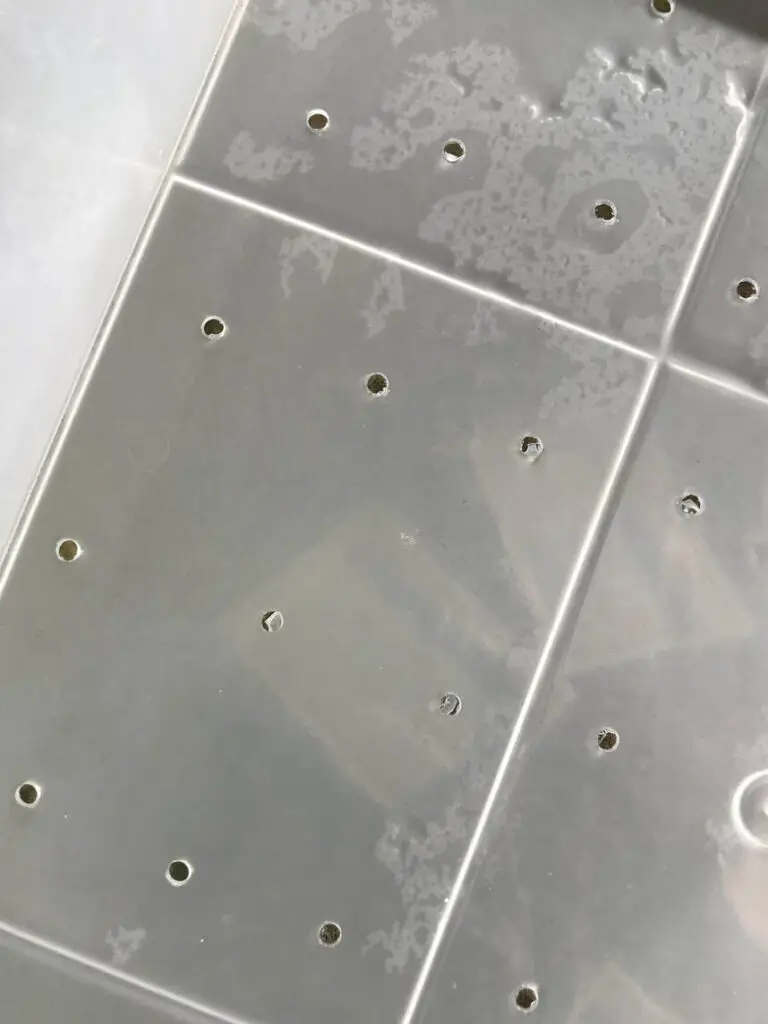
You can find a wide variety of fodder trays at reasonable prices on Amazon here:
Fodder Trays on AmazonHow to Make Fodder for Chickens-Step by Step Instructions
After you have your fodder trays set up, choose the chicken fodder seed that you would like to use to make chicken fodder. Common grains that many use are wheat, barley, oats or alfalfa. Follow the steps below. By the 7th day the grains should have sprouted about 4 inches and be ready to feed to your chickens.
Step 1: Rinse Wheat Seeds of Bacteria
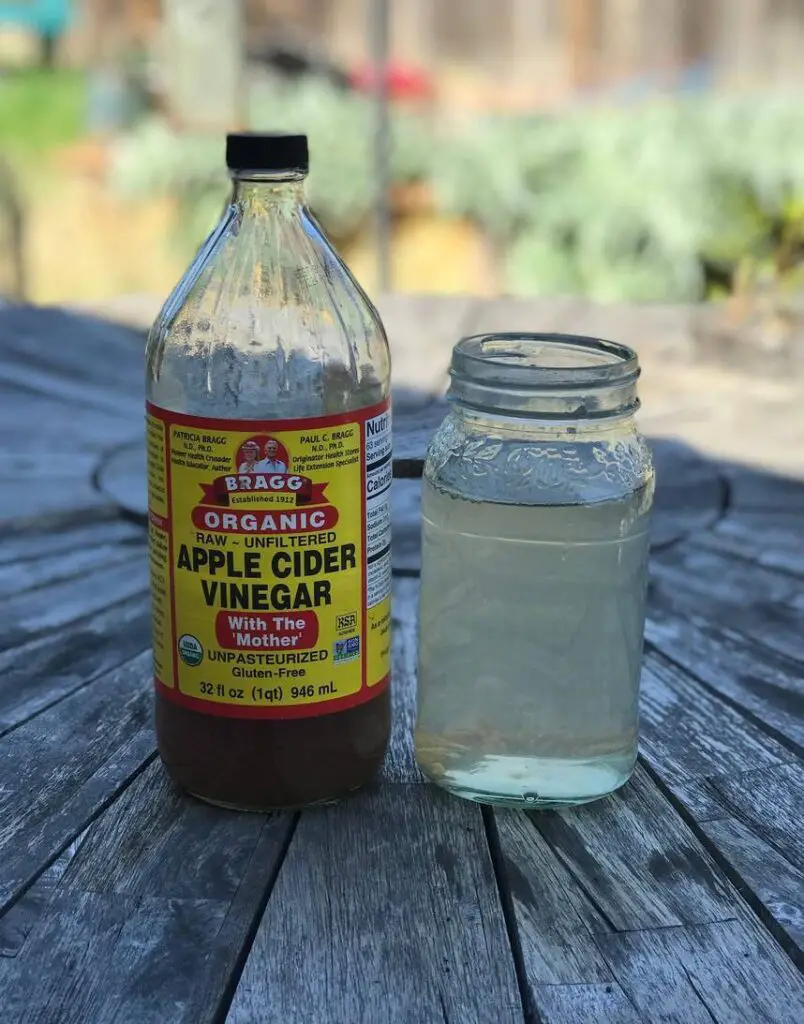
I have used three different methods for rinsing my seeds of any bacteria and I can’t say that one has worked any better than the other.
This can be done by mixing water with either chlorine bleach, hydrogen peroxide or apple cider vinegar and rinsing your grains with this.
Take 1 cup of water to 1 tsp chlorine bleach, hydrogen peroxide or ACV and rinse your seeds with this. Remove any seeds that float to the top. Seeds that float are not going to germinate and are likely to mold.
This solution will help to kill any bacteria, pathogens and some viruses that may be present on the seeds.
By rinsing in a chlorine bleach-water, hydrogen peroxide or apple cider vinegar solution the seeds are less likely to develop mold while growing the fodder.
After washing the seeds with one of these solutions, rinse with water prior to the next step.
Step 2: Soak Grain in Water
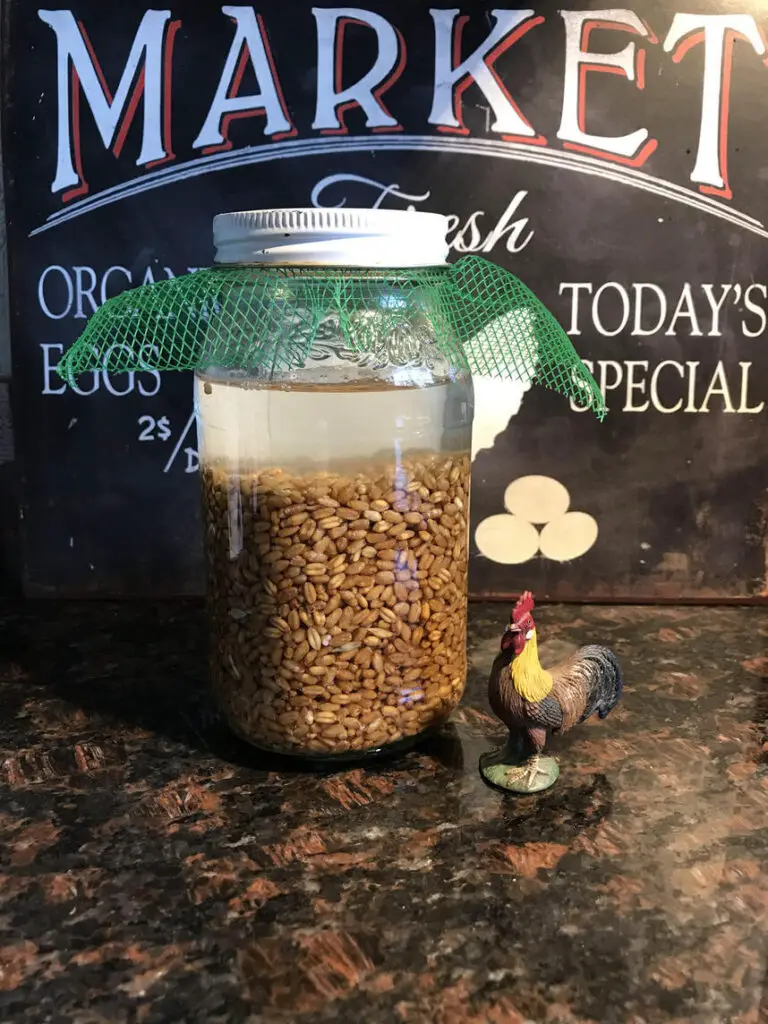
Fill a mason jar halfway with seed (about 1 cup) and cover with water. The seeds will expand quite a bit, so make sure that your mason jar is large enough to accommodate this.
Cover the jar with a screen and open lid (like in photo).
Let the seeds soak for about 10 hours. I like to fill my mason jars in the evening, so I can let them soak overnight. You can let your grains soak for up to 24 hours.
If you choose to soak your seeds longer than 8 hours, give it a good rinse halfway through and refill the mason jar with water.
Step 3: Rinse and Drain Your Grains
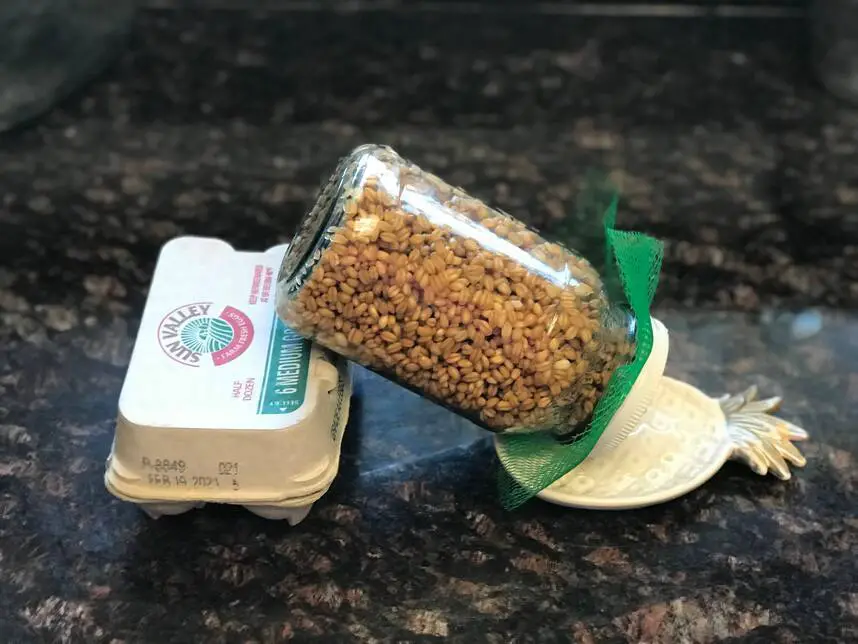
After 10-24 hours, rinse and drain your chicken fodder seed. Set your mason jar at an angle, allowing water to continue to drain through the screen at the top of your jar.
Leave it here for 24 hours. After 24 hours, you should see tiny little sprouts forming. Rinse with water.
You can find some reasonably priced mason jars with the screens for sprouting your own grains on Amazon here:
Mason Jars with Screens for SproutingStep 4: Spread Chicken Fodder Seed Evenly in Tray
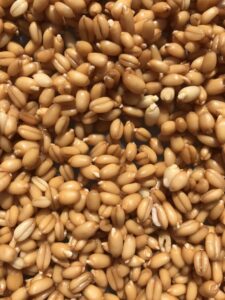
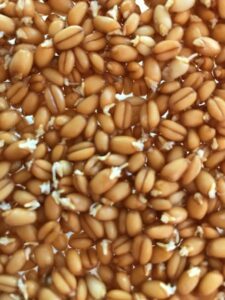
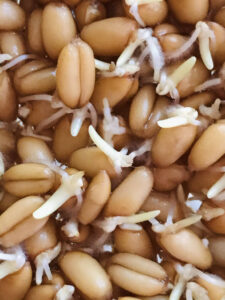
Pour your sprouted grains into a tray that has holes in the bottom for water drainage. I call this DAY 1.
It is important to keep your chicken fodder seeds damp at all times, not waterlogged. It should be rinsed off 3-4 times per day and allowed to drain.
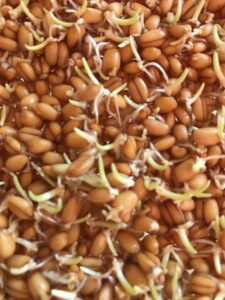
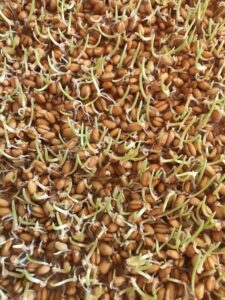
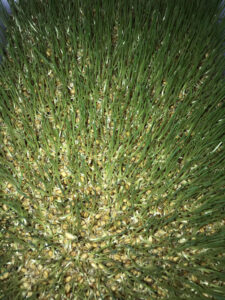
If you have a shelving unit that you are using, have it tilted to encourage water drainage.
Repeat this for days 1-7.
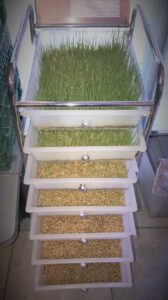
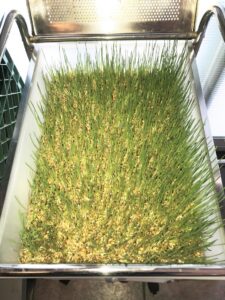
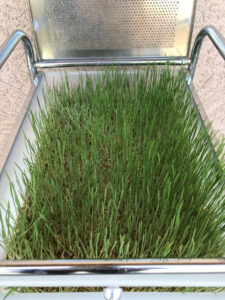
Step 5: Feeding Fodder to Your Chickens
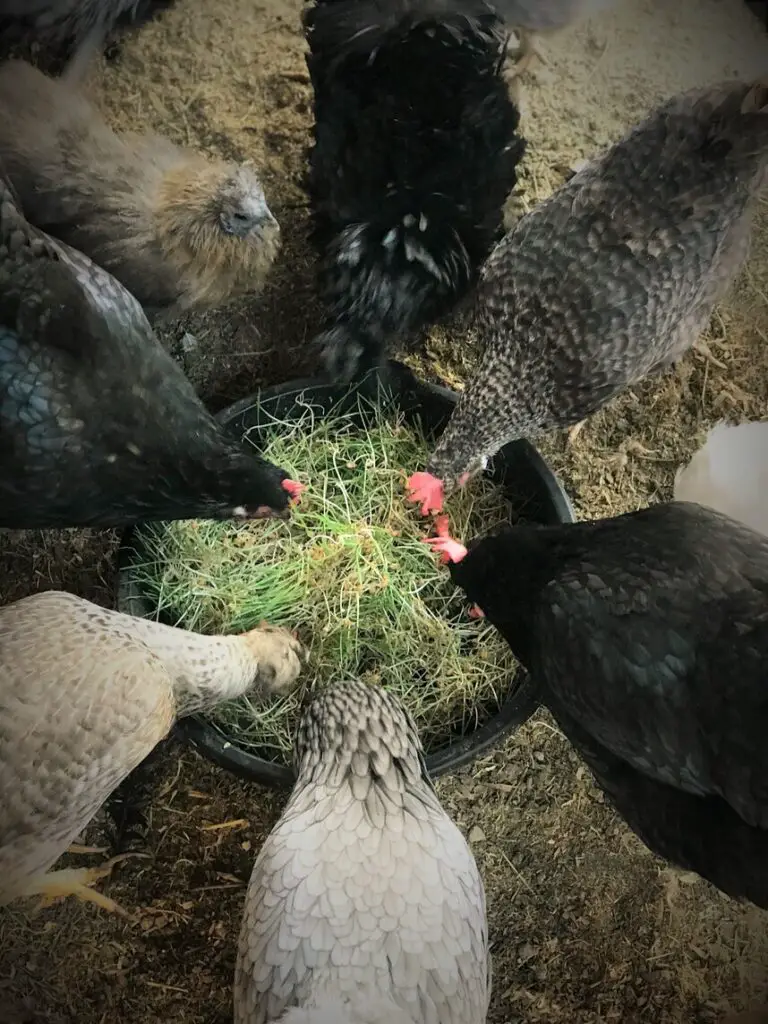
By DAY 7, your fodder should be about 4 inches long and ready to be fed to your chickens.
FYI: It is called “sprouts” if the sprouts are less than 4 inches tall and becomes called fodder when it reaches 4 inches.
To avoid crop impaction, it is a good idea not to let the sprouts get more than 4 inches long.
You can find a variety pack of assorted grains for sprouting at reasonable prices on Amazon here:
Assorted Grains for SproutingHow Much Fodder Does a Chicken Need per Day?
As a rule of thumb, chickens do not need to consume more than 2-3% of their body weight in fodder. This is if they are being offered their regular feed.
Normally, chickens consume about 1/4 lb. of their regular feed (3/4 cup of feed) per day. You will notice that when introducing fodder to your chickens diet, they will eat less of their regular feed, because they will not need it.
Can you feed chickens just fodder?
Some people choose to feed just fodder to their chickens. This is ok, as long as they are mixing the grains. Laying hens need 16% protein and 4% calcium. If they don’t receive the proper nutrients, they will stop laying.
For more helpful information on feeding your chickens, read my article Is it Safe to Feed Chickens Table Scraps? 5 Important Tips.
How Do You Deal With Mold and Flies in Fodder?
Mold and flies are a common problem when growing fodder. If you are finding that you have mold or flies in your fodder, try to make sure that you follow the following tips.
- When you rinse the grains, you want to do just that. Let the water run through the grains and drain. Do not let them sit in the water.
- Tilt the tray to encourage complete draining of the water.
- Keep the humidity low where you are growing your sprouts.
- Fodder should be grown between temperatures of 63 degrees and 75 degrees Fahrenheit.
- Place a fan in the room to encourage ventilation.
- Thoroughly wash trays between sprouting new grains.
- Place a small bowl of ACV close to the fodder. The flies will be attracted to this instead of your fodder.
If you continue to still have mold or flies after following the above guidelines, you can spray with a solution of water and hydrogen peroxide and vinegar. Mix 5 cups of water, 1/4 cup hydrogen peroxide and 1/4 cup vinegar. Spray on top of sprouts. This should help kill the mold.
Another way to help “unlock” nutrients for your chickens is to ferment their chicken feed. For more information on how to do this, read my article How to Ferment Chicken Feed – 6 Simple Steps (Photos)
CONCLUSION: How to Make Chicken Fodder
Growing fodder for chickens is really easy to do and there is not “wrong” way to do it. It can save you a lot of money on feed costs and is a great way of providing greens for your chickens all year round.
Experiment sprouting different grains and making fodder for your chickens. See what they really like and stick to that. There are so many benefits to feeding your chickens sprouted grains and fodder. The most important benefit is that you will be raising healthy, happy chickens!
Now that you know how to make chicken fodder for your flock, what type of chicken fodder seed are you going to use?

